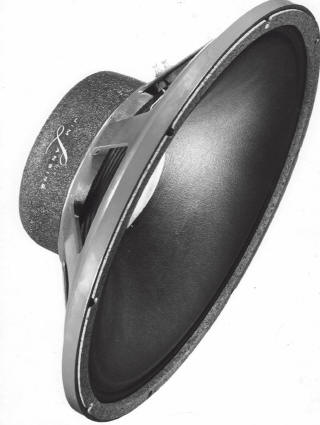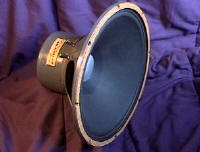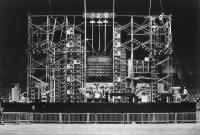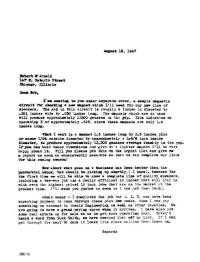philstrat97
TDPRI Member
I just picked up a 63 Showman cab with an 'original pair of D130F's' I wasn't expected THE original pair, but when I opened it, I noticed it has one D130F and one D130. The cones are stamped with the WHF 55-48 code. Not sure what any of it means. From what I gathered, the F was an instrument speaker, the 130 was all purpose. But 63 was the year they put the F on tag, and Fender was known for spare parting together gear especially in the early days.
Am I wrong to think it's possible that there was a few of each laying around the shelves at the factory and they just put one of each in?
And since it's been reconed, they are the same speaker except for the F stamp.
Also, a lot of 'pairs' I've seen are sequential serial numbers, these aren't.
Thanks for the help.
Am I wrong to think it's possible that there was a few of each laying around the shelves at the factory and they just put one of each in?
And since it's been reconed, they are the same speaker except for the F stamp.
Also, a lot of 'pairs' I've seen are sequential serial numbers, these aren't.
Thanks for the help.




